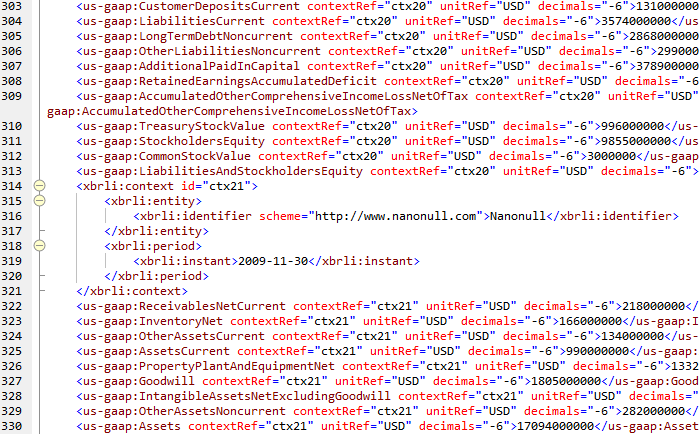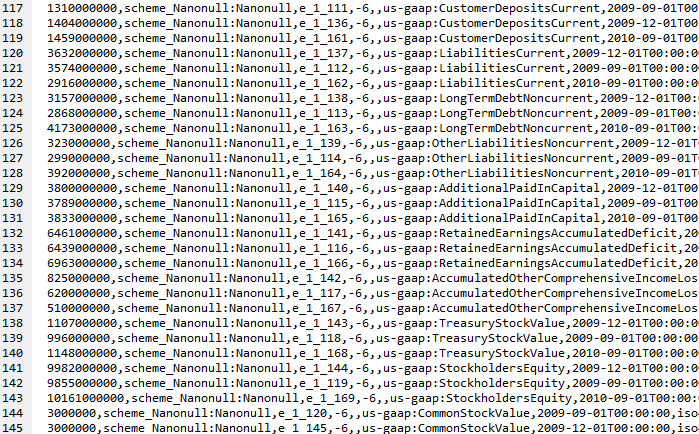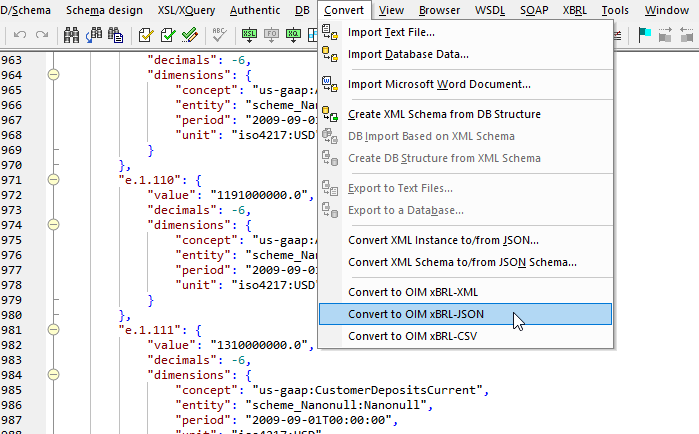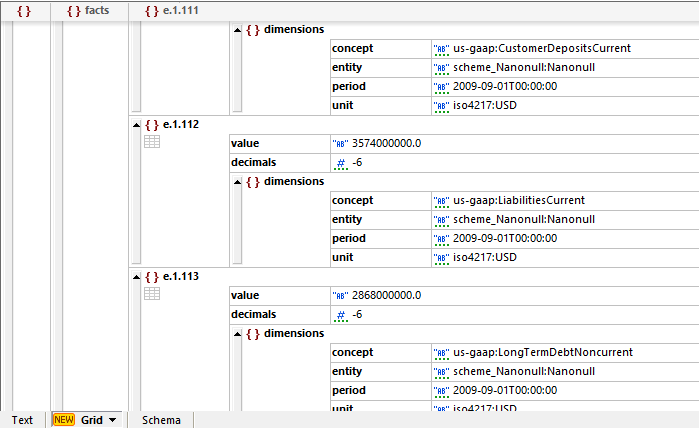Learn About OIM for XBRL
XBRL – the eXtensible Business Reporting Language – is a global framework for exchanging business information. The standard, maintained by XBRL International, is based on XML and designed to offer a standards-based approach to communicating and exchanging financial information between business systems.
The current version of the standard was finalized in 2003 and since then has received widespread uptake and eventual mandates from numerous countries and regulatory agencies, including the United States SEC. Adoption of the standard is due to advantages that include enabling automation and cost savings, better quality of reported data, improved analysis, and better quality of information used for decision making.
Despite its benefits, the complexity of XBRL presents a sharp learning curve for accountants and other stakeholders not familiar with XML, leading to errors and increased consultancy costs. In addition, coinciding with the adoption of big data technologies, XBRL has been used to represent ever growing datasets, which can be resource intensive.
XBRL International has worked over the years to modernize and simplify the standard in response to those challenges, and the Open Information Model (OIM) is an exciting and innovative solution.

What is OIM?
In its Introduction to OIM, XBRL International describes it as “a strategic effort to simplify and modernize important aspects of the XBRL standard.” First, it provides an abstraction layer that decouples XBRL from the underlying XML syntax. Then it defines additional, interchangeable formats that can be used to represent XBRL data. Organizations and users can select the format that aligns with their experience level and individual needs. Initially, XML, CSV (comma separated value), and JSON are supported, but the standards body plans to add additional options over time.
The various OIM data formats are as follows:
- xBRL-CSV: great for capturing large volumes of granular data in a compact, efficient way. xBRL-CSV files are about 10 times smaller than traditional XBRL, leading to lower infrastructure and support costs. Also, CSV is compatible with myriad existing systems.
- xBRL-JSON: the clear and straightforward syntax of JSON makes it great for simplifying analysis and makes it highly accessible to developers who aren’t yet familiar with XBRL. Many popular tools are compatible with JSON, reducing time and costs required for XBRL adoption and analysis.
- xBRL-XML: the traditional approach to XBRL. It’s not going anywhere – but now it can easily be transformed to/from JSON and CSV flavors.
By taking advantage of the OIM, organizations can now express the same XBRL data using different formats and transform data between the supported formats as required. It is the hope that this will make the standard both simpler and more powerful, giving organizations more innovative options for handling, reporting, and analyzing their data.
While the OIM defines the model, users still need tools that provide validation of OIM data and easy transformation between xBRL-CSV, xBRL-JSON, and xBRL-XML. Altova’s line of XBRL Certified Software products are among the very first to support the OIM.
OIM Tools for XBRL
Validate and transform xBRL-XML, xBRL-CSV, and xBRL-JSON
Altova XMLSpy provides extensive XBRL validation and development tools. However, you don’t have to be an experienced XML or XBRL developer to work with OIM data in the software. It’s easy to open and validate xBRL-XML, xBRL-CSV, and xBRL-JSON documents in XMLSpy as well as convert between any of the formats with a single click.
Here is an example of an XBRL report in XML format:

By opening the Convert menu, we can transform this to valid xBRL-CSV instantly…

…as well as xBRL-JSON:

Users can even switch over to JSON Grid View to navigate and analyze the XBRL document using an easy-to-understand graphical representation:

Validation of xBRL-XML, xBRL-JSON, and xBRL-CSV documents is supported by XMLSpy as well as Altova RaptorXML+XBRL Server. This high-performance server software offers lightning-fast validation of high volumes of XBRL data in XML, JSON, or CSV as well as automated transformation between the three formats.
XBRL Certified Software
Both XMLSpy and RaptorXML Server have been tested and awarded the XBRL Certified Software designation by XBRL International for both creating and consuming XBRL. These software products have been subjected to rigorous testing prior to being trusted by customers – and they’re among the very first in the industry to support the promising new OIM framework.
Open xBRL-CSV and xBRL-JSON Documents
You can download a free, 30-day trial of XMLSpy, which ships with several XBRL example documents, to start exploring and experimenting with the OIM xBRL-CSV and xBRL-JSON options.
